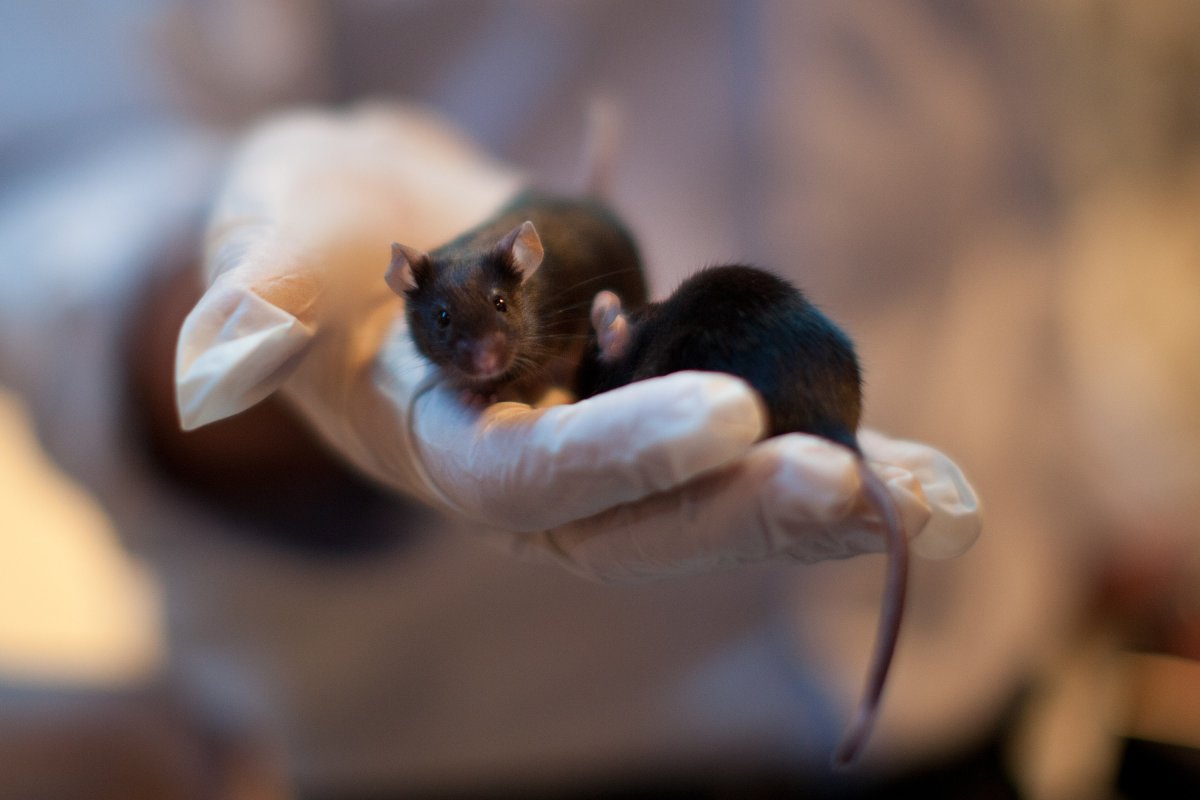Scientists have been carving away at treating and preventing AIDS, but in recent research, they say they’ve come closer to getting rid of the HIV virus in living animals simply by cutting it out.

Using what they’re calling “gene editing technology” and “molecular scissors,” researchers out of Temple University say they’re the first to successfully cut out a segment of HIV-1 DNA – the virus responsible for AIDS – in living rats and mice.
They say it’s a “critical step” in forging forward with a cure against the disease.
READ MORE: Why the United Nations is adopting Canadian scientist’s HIV strategy
“In a proof-of-concept study, we show that our gene editing technology can be effectively delivered to many organs of two small animal models and excise large fragments of viral DNA from the host cell genome,” lead researcher, Dr. Kamel Khalili, of the university’s director for the Center for Neurovirology, said in a statement.
“It’s very simple. If this technology gets into the clinic to treat human patients, it’s not going to be very complicated. You don’t have to bring the patient to the clinic and do a bone marrow transplant or all kinds of complicated technology. You can basically apply this to any setting,” he told TIME.
Right now, HIV is treated using a drug cocktail of anti-retroviral medications. The therapy helps to suppress the virus from replicating and lowers the patient’s viral load. But once they stop the drug therapy, the virus gains steam again.
READ MORE: A made-in-Canada health strategy is making waves worldwide – just not in Canada
Khalili and his team wanted to figure out a way to remove HIV from the body altogether. In the study, his team worked with mice whose genes were engineered so that they had HIV in all parts of the body.
They then used a gene editing technology called CRISPR that’s able to isolate and excise – or cut out – the viral genes while leaving the rest of the rodents’ DNA in place.
In this case, it worked in cutting out more than 50 per cent of the sickened cells. In U.S. reports, Khalili was even successful with human cells, but only ones grown in a lab dish.
READ MORE: HIV isn’t easily transmitted by sex, Canadian doctors say
Two weeks after the HIV was snipped out, the scientists looked at the animals’ DNA – CRISPR worked and the targeted areas, including the brain, heart, kidney, liver, lungs, spleen, and blood cells, were free of the viral genome.
There were also “significantly reduced” levels of HIV in the lymph nodes.
The team says the clinical implications from their experiment are “far-reaching” and could be used in conjunction with current drug therapies.
It could even be used to attack mutated strains of HIV.
READ MORE: Pills before and after sex can help prevent HIV, study finds
Khalili said that a clinical trial could be in the works in the upcoming years. For now, the next step is to work on a follow-up study with a larger group of animals.
The full findings were published in the journal Gene Therapy.
carmen.chai@globalnews.ca
Follow @Carmen_Chai


Comments